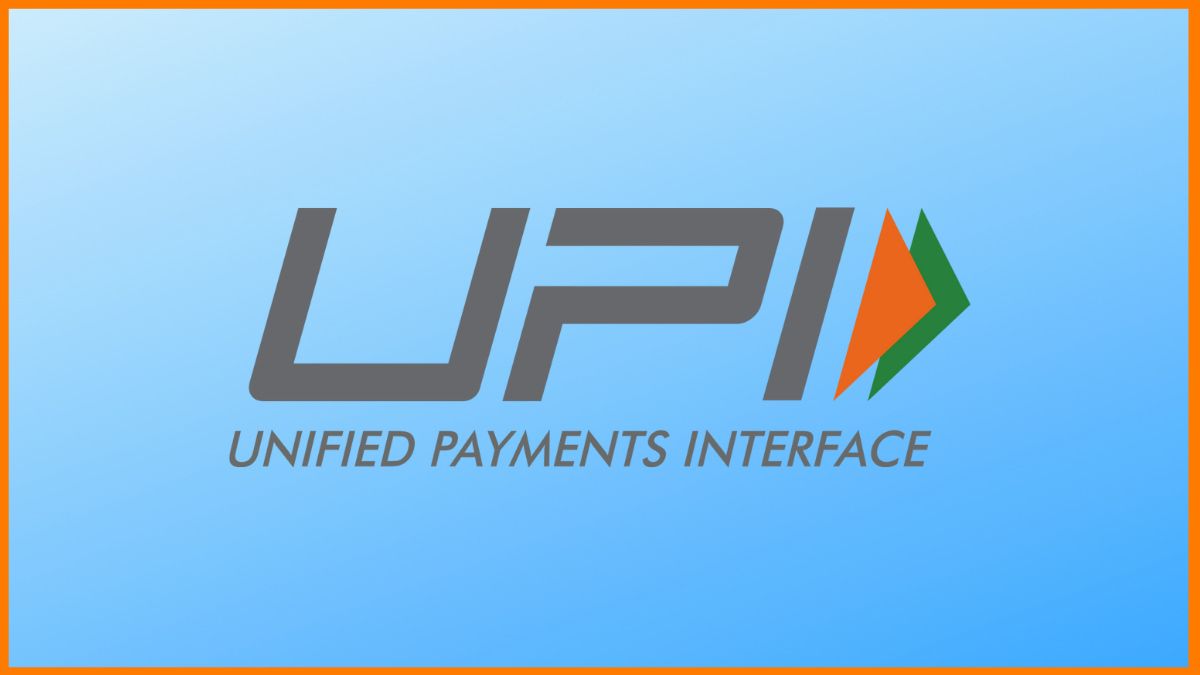
UPI Payments Advantages and Disadvantages Overview
- by Pankaj
Unified Payments Interface (UPI) has significantly transformed the landscape of financial transactions in recent years. In India, the introduction of UPI payments has brought about numerous benefits. As a highly convenient and rapid payment method, UPI has garnered attention from a diverse range of users, from high-stake business professionals to middle-class families. The adoption of UPI has substantially reduced the need for paperwork, allowing transactions to occur outside traditional banking hours and thus offering unparalleled convenience. However, like any system, UPI has its drawbacks. In this article, we will explore the advantages and disadvantages of UPI payments to help you decide whether this payment method is right for you.
UPI Payments Advantages and Disadvantages
Advantages of Using UPI Payments
1. Convenience
UPI offers unmatched convenience for both customers and retailers. Transactions are completed within seconds with just a few clicks, eliminating the need for cash or long waits at ATMs or bank branches. UPI’s secure payment gateway ensures that personal financial information is protected, reducing the risk of exposure on potentially risky websites. This ease of use has made UPI a preferred choice for many.
2. Enhanced Security
Security is a top priority for UPI, which employs various measures to protect users’ financial data. The system uses two-factor authentication and AES encryption to safeguard transactions from potential threats. Biometric authentication further enhances security by preventing identity theft and fraud, thus boosting user confidence in the system.
3. Growing Adoption of Digital Payments
UPI has played a crucial role in advancing digital payments in India. According to the National Payments Corporation of India, UPI transactions surged from 0.1 billion in October 2016 to over 117.6 billion in February 2023. The system’s user-friendly design and widespread availability have contributed to its rapid growth. By simplifying transactions, UPI reduces the need for cash and increases financial inclusion by connecting more individuals to banking services. Users can easily transfer money using mobile numbers or virtual payment addresses (VPAs) without needing to remember or input extensive account details, enhancing the overall user experience.
4. Low Transaction Costs
One of the key advantages of UPI is its low cost for transactions. Unlike traditional payment systems that may incur higher fees, UPI transactions are relatively inexpensive. This cost-effectiveness is appealing for both small and large transactions, allowing users to enjoy financial transactions without incurring substantial costs.
5. Reduced Transaction Fees
UPI significantly cuts down on transaction costs. Banks provide UPI services free of charge, unlike other digital payment platforms that may impose fees. This cost-saving feature lowers financial barriers for businesses and individuals, making digital transactions more accessible across various socioeconomic groups.
Disadvantages of Using UPI Payments
1. Security and Fraud Risks
Despite its advanced security features, UPI is not entirely immune to risks. Cyber threats have evolved, necessitating ongoing updates and enhancements to UPI’s security measures. While UPI employs multi-factor authentication to prevent fraud, the need for continuous improvement in security protocols remains crucial to address emerging threats.
2. Flexibility and Convenience
While UPI allows for easy and flexible transactions from anywhere at any time, this convenience can sometimes lead to over-reliance on digital payment methods. This could potentially result in challenges for users who are less familiar with technology or who encounter issues with their mobile devices or internet connectivity.
3. Cost-Effectiveness and Efficiency
Although UPI is cost-effective, there are still challenges related to transaction efficiency. While UPI itself is free, the effectiveness of transactions can be impacted by factors such as network issues or system downtime. These occasional hiccups can affect the overall efficiency and user experience of the payment process.
4. Financial Inclusion Challenges
UPI aims to promote financial inclusion, but its effectiveness can be limited by factors such as internet access and digital literacy. While UPI has made strides in connecting unbanked individuals to the financial system, challenges remain in reaching the most underserved populations who may lack access to smartphones or reliable internet services.
5. Innovation and Adaptability
UPI’s ability to adapt and innovate is both a strength and a challenge. While the system supports new features and advancements, the rapid pace of technological change can sometimes lead to issues with integration and user adaptation. Ensuring that UPI evolves to meet changing needs and preferences while maintaining stability and security is an ongoing challenge.
Conclusion
In summary, UPI payments have revolutionized the financial transaction process, offering a range of advantages such as convenience, enhanced security and low transaction costs. Despite some challenges, including security risks and issues related to financial inclusion, UPI remains a highly effective and widely used payment system. The system’s ability to facilitate quick and secure transactions has made it a valuable tool for both individuals and businesses. As UPI continues to evolve, it will play a crucial role in shaping the future of digital payments and financial services. The advantages and disadvantages of UPI payments highlight its impact on modern financial transactions, making it a significant development in the realm of digital finance.
Unified Payments Interface (UPI) has significantly transformed the landscape of financial transactions in recent years. In India, the introduction of UPI payments has brought about numerous benefits. As a highly convenient and rapid payment method, UPI has garnered attention from a diverse range of users, from high-stake business professionals to middle-class families. The adoption of…
